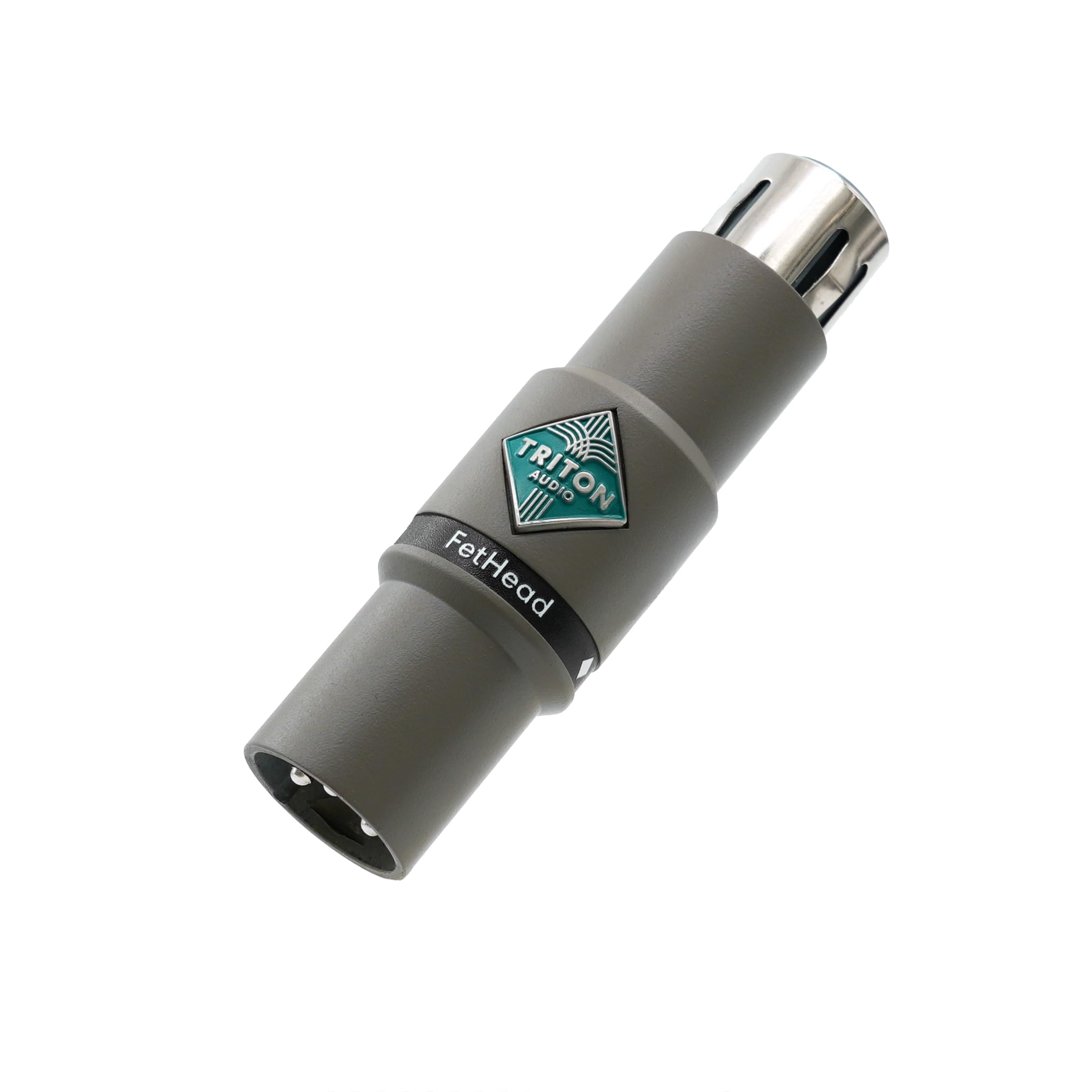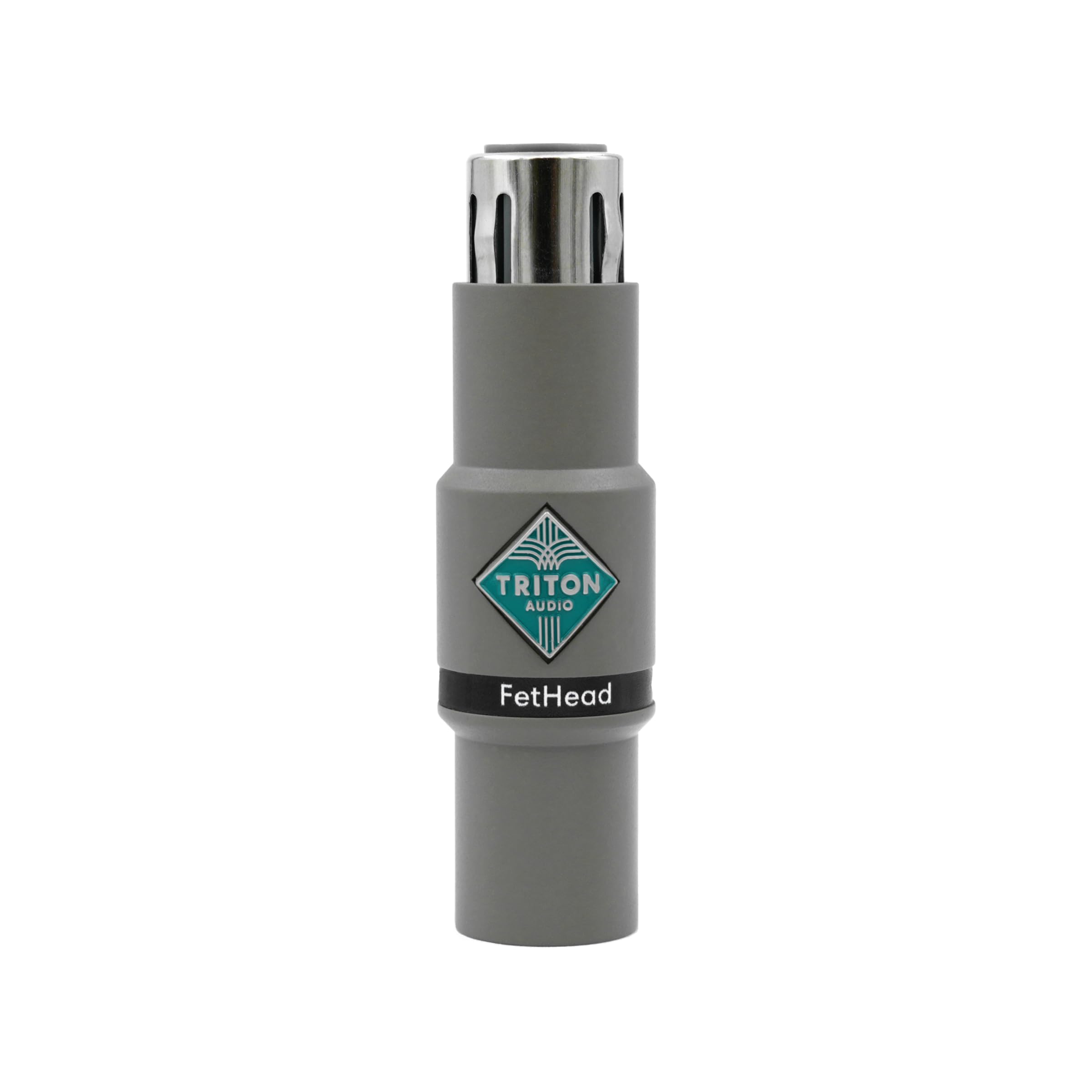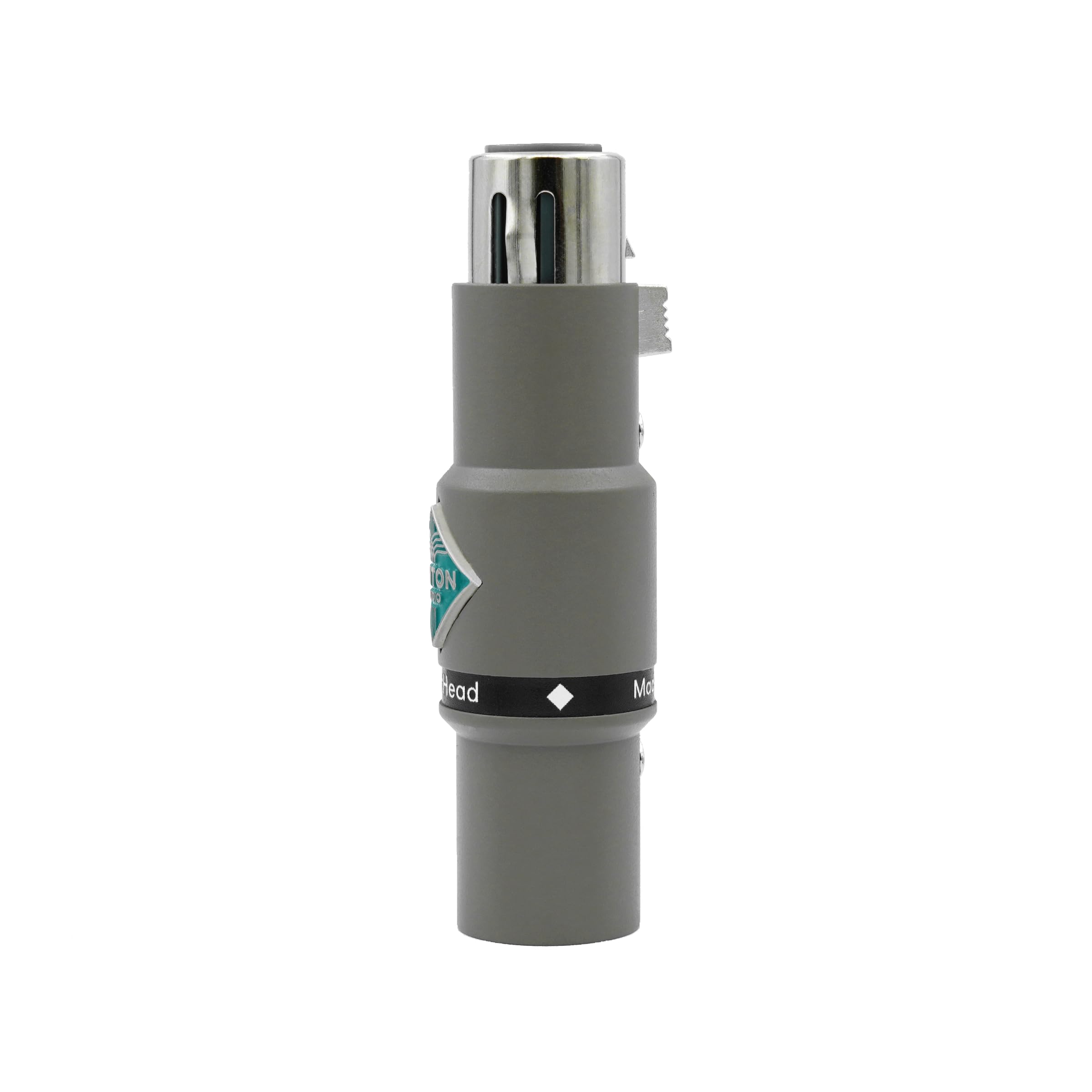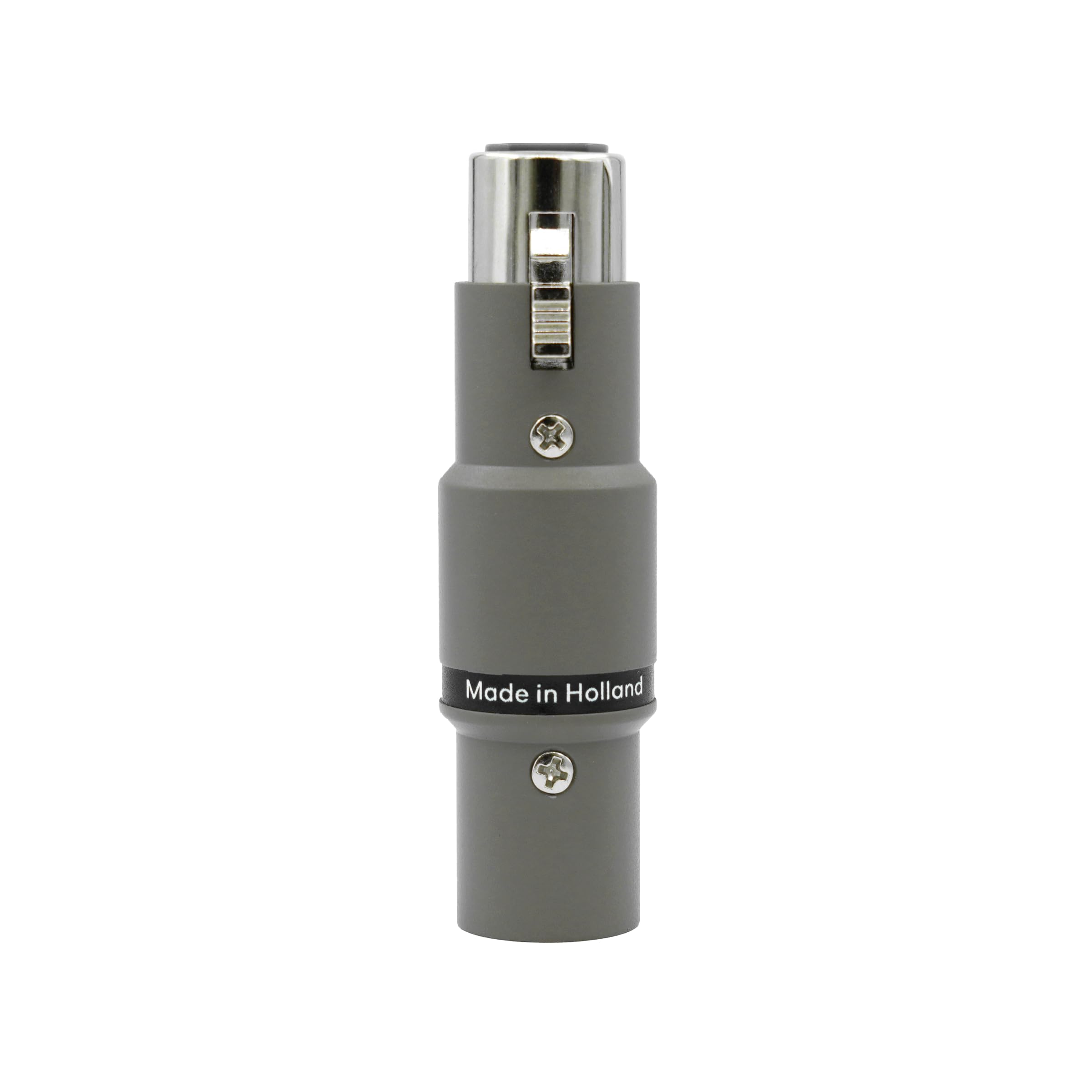Customer Services
Copyright © 2025 Desertcart Holdings Limited
Desert Online General Trading LLC
Dubai, United Arab Emirates








🎤 Elevate Your Audio Game!
The Triton Audio FetHead is a low-noise in-line microphone preamp featuring a Class-A JFET amplifier, designed to enhance audio quality with its double single-ended topology and shielded enclosure. With 4 matched JFETs and a compact metal design, it meets various international standards, making it a reliable choice for professional audio applications.








| Package Type | Box |
| Mounting Type | Surface Mount |
| Voltage | 24 Volts |
| Specification Met | Iec 61938, Rohs, Weee |
| Material Type | Metal |
| Item Dimensions | 7.48 x 4.13 x 1.18 inches |
Trustpilot
1 month ago
1 month ago